For many people in Chennai, taking a night walk on Besant Nagar Beach is a dream, a peaceful escape from the busy city. But for a group of dedicated volunteers, the beach at night is where they work to protect one of the ocean’s oldest creatures — the Olive Ridley sea turtle.
Every night during the nesting season, volunteers from the Students’ Sea Turtle Conservation Network (SSTCN) walk 14 kilometres along the coast, carefully searching for turtle eggs. Their goal is simple but crucial: to help the tiny hatchlings reach the sea.
“The tracks created by turtles on the beach sand before laying their eggs are the most beautiful imprints I’ve ever witnessed,” shares Gopala Krishnan HA, who has been with SSTCN for over five years.
For 36 years, SSTCN has been quietly working to protect these turtles, facing challenges like poaching, pollution, and habitat destruction. But why do these volunteers spend their nights on the beach, year after year? And what does it take to help a species that has been around for millions of years?
How did it all start?
“To understand the origin of turtle walks, one has to go 15 years before the formation of SSTCN,” shares Kartik Shanker, one of the founding members. Romulus Whitaker, the ‘Snake Man of India,’ had moved to Chennai (then Madras) to be involved in conservation efforts, starting the Madras Snake Park in 1969.
Rom’s interest then shifted towards sea turtles upon discovering that Chennai, is also a nesting ground. “They started the tradition of turtle walks in 1972 and conducted it for many years, starting this movement in Chennai,” shares Kartik.
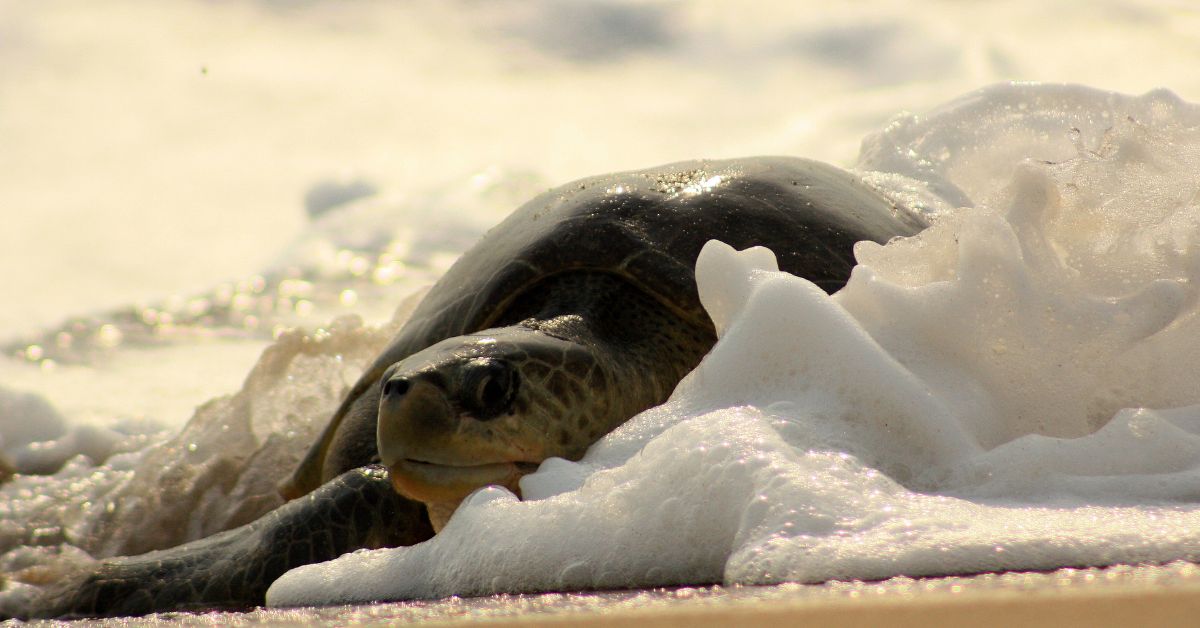
But in 1988, the Forest Department, decided to shut down its hatcheries. “We had this crazy idea that if the forest department is going to close down these hatcheries, why don’t we run them as a student organisation?” recalls Kartik, which became the foundation for SSTCN, which continues largely to be a student-run volunteer body.
Humans — ‘destroyers’ and saviours
The Student Sea Turtle Conservation Network (SSTCN) is a volunteer-driven organisation in Chennai dedicated to the conservation of Olive Ridley turtles, a vulnerable species. But why does a species that has been existing for over 120 million years require a helping hand for half a century?
“The story of the last 500 years for turtles is devastating, and now we are having to bring in a human hand of conservation to keep the species alive from our ways,” shares Arun Venkataramanan, a trustee and coordinator at SSTCN.
“We are the destroyers. We are the ones responsible for this. What’s happening now is that we are the saviours also, right?” adds Arun, who now coordinates with like-minded volunteers who have understood this ground reality for the tiny turtles.
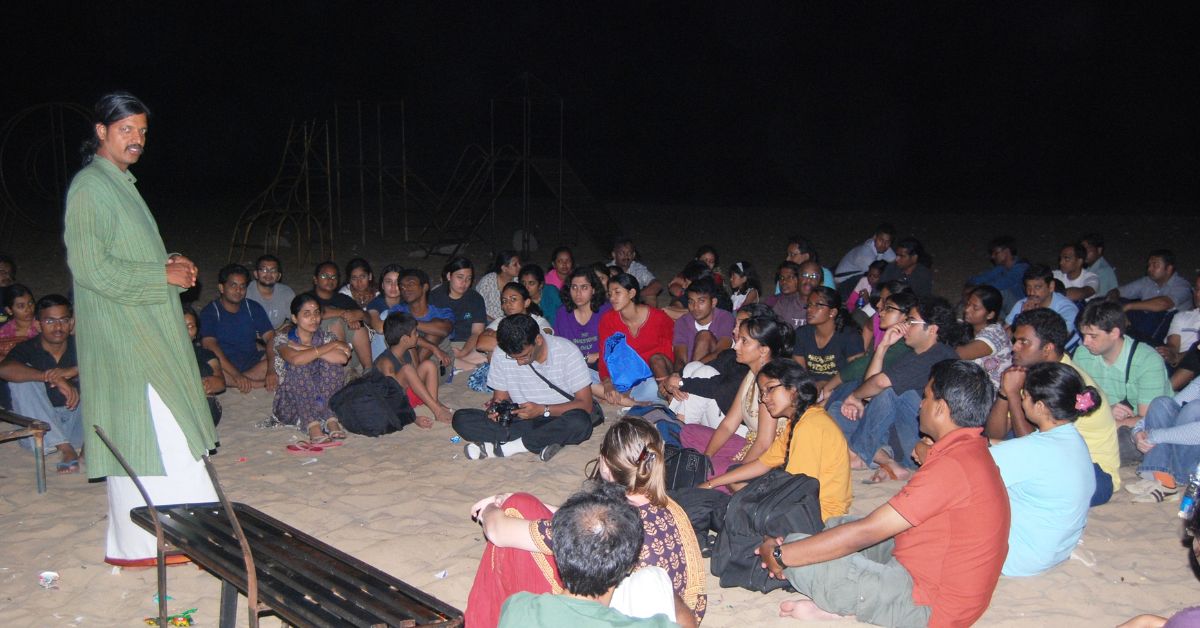
At the heart of SSTCN’s conservation efforts is a dedicated group of volunteers — students, professionals, and conservation enthusiasts, who devote their nights to patrolling Chennai’s beaches. For many, this experience is more than just an environmental effort; it is a deep, personal connection to marine life and a lesson in responsibility.
“I started coming for turtle walks in 2007. I was fascinated with turtles so much that I switched streams from an accountant to a naturalist, dedicating my life to wildlife conservation and these beautiful turtles,” shares Raghuraman, who has been volunteering for over 16 years.
Some volunteers return year after year, mentoring newcomers and strengthening the organisation’s legacy. However, ensuring a steady group of committed volunteers is a challenge every season, making their presence even more invaluable.
How do they do it?
Before the actual fieldwork begins, SSTCN must secure official approvals from the forest and police departments to commence the work in November. “Then we start identifying who the walkers of the season are going to be, which is a difficult task and get ID cards for all of them,” explains Arun.
The core work begins on 1st January when volunteers start patrolling the 14-kilometre stretch of beach every night. “Four volunteers, two on this side, two on that side, will walk every night,” says Arun. They carefully search for turtle nests, collect eggs, and relocate them to the hatchery, ensuring the eggs are protected from predators and human interference.
Unfortunately, at the start of the season, they often come across dead turtles that have washed ashore. “In the last 15 years, we have been finding a lot of dead turtles, but nothing like this year,” adds Arun. Volunteers mark these turtles and ensure they do not count the same ones twice. “But SSTCN also recorded the most nests this year than they ever have,” added Kartik.
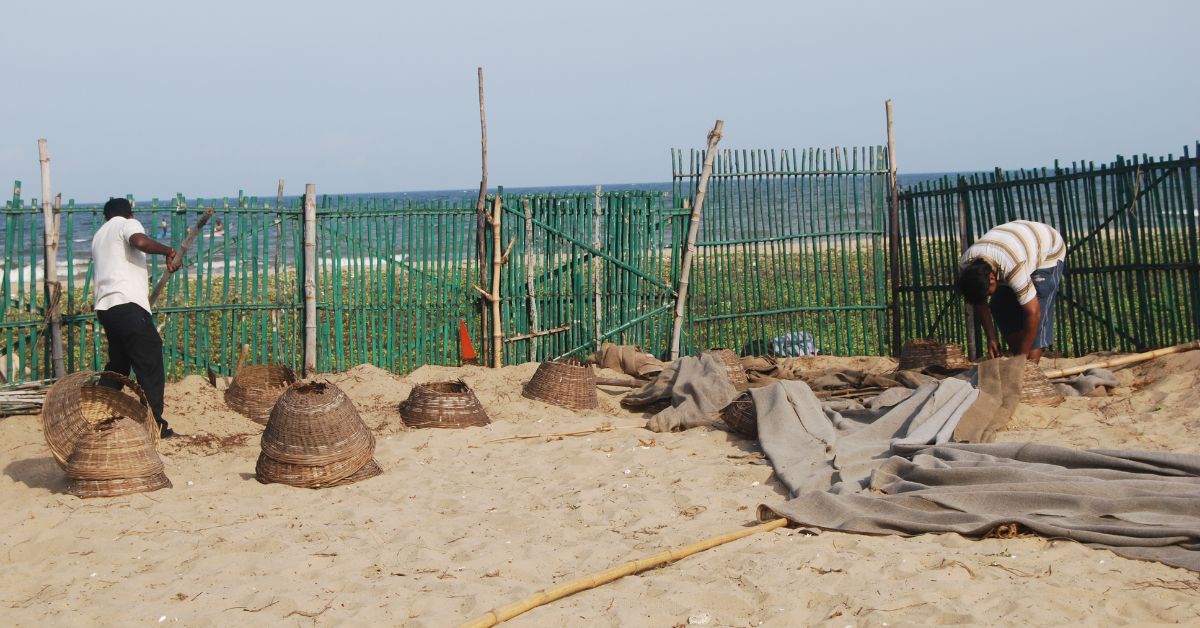
By mid-January, the nesting season is in full swing. This is also when SSTCN starts its public walks, which have become an important part of its conservation efforts. “Every Friday and Saturday night, for 17 days in total, we register and accommodate as many people as possible for these walks.” These walks help spread awareness about the importance of conservation, especially among young students.
SSTCN shares a hatchery with the forest department, where all collected eggs are carefully incubated. “Earlier, we would set up the same hatchery year after year, repair it, and keep it going. Now, we have one large hatchery behind the Theosophical Society beach since 2005,” says Akila, another coordinator of the organisation since 2006.
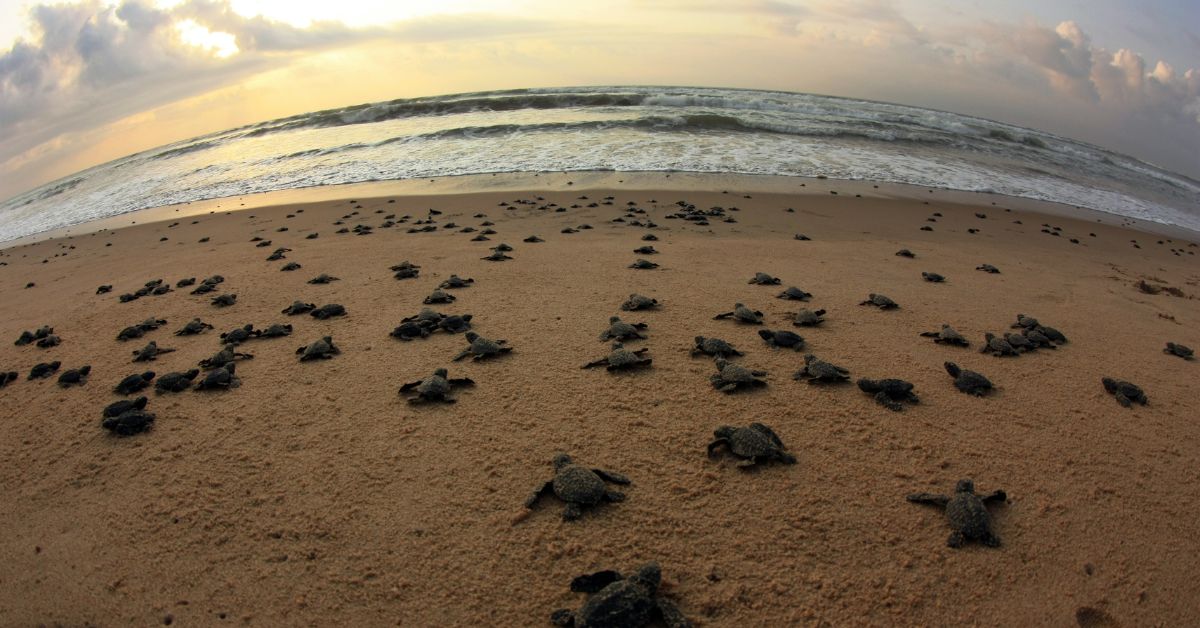
By early March, the hatchlings start emerging, and this continues until late May. Unlike the night patrols, hatchery work is more demanding. “Turtle walks are very romantic but the hatchery is like a maternity ward, requiring more dedication,” adds Arun.
Volunteers monitor the hatchery round the clock, checking for emerging hatchlings every two hours. “Once the hatchlings are out, you also need to dig out and remove the rotten eggs, which is smelly work and not easy,” adds Arun.
Once the hatchlings are ready, they are released into the sea. “Sometimes, we have had 800 to 1000 people waiting to say bye to just 10 hatchlings on the beach,” Arun shares with a smile.
The turtles have endured a lot
Despite their dedication, protecting Olive Ridley turtles is not as easy or glamorous as it may seem. While poaching was once a major concern, stricter regulations have reduced its impact. “Right now, poaching is a minor threat,” says Arun. However, modern threats have emerged, making conservation efforts more complex.
Artificial lighting along the coast confuses hatchlings, causing them to head inland instead of towards the sea. This dehydrates the baby turtles, causing them to die. “The number of lights has increased dramatically,” Arun points out. “Right now, we are enjoying the beach as a place of recreation for us. But making the beaches safe for them to nest is crucial,” shares Arun.
Unsustainable fishing practices remain a significant danger, as turtles often get trapped in nets and drown. “The biggest threat for sea turtles is the unsustainable fishing practices of the world, not just in India,” he adds.
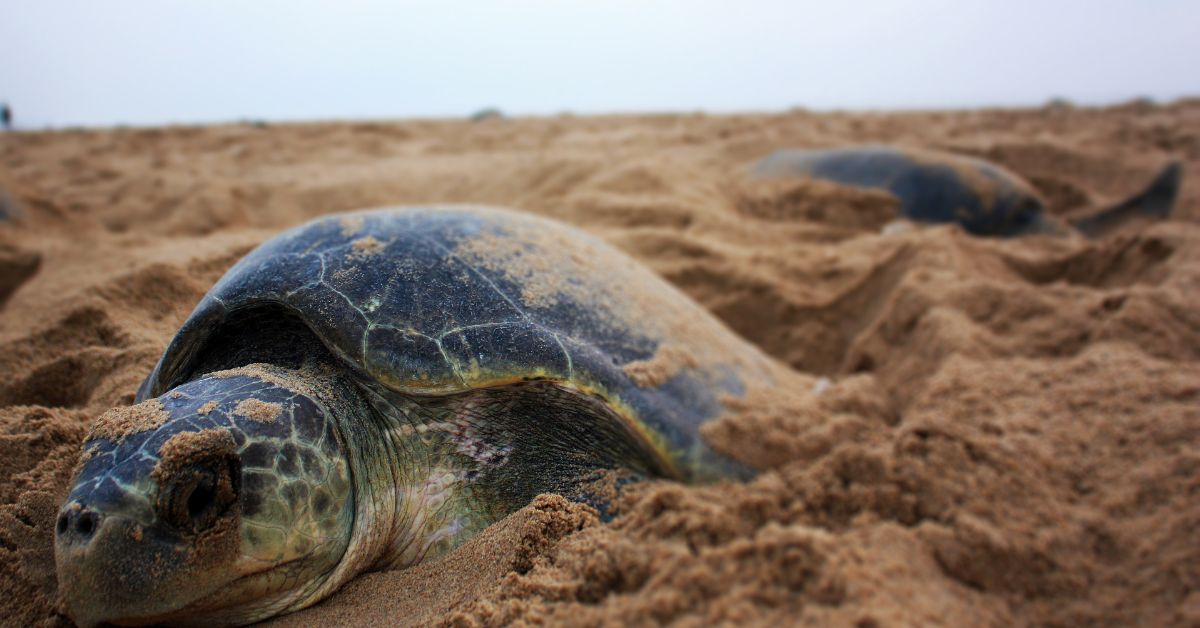
Pollution, including ocean acidification, microplastics, and waste dumping, also affects turtle populations long-term. “Sea turtles are bearing the impact of what we have done to the oceans,” Arun explains.
Within the hatcheries, predators like barn owls, dogs, and ants pose risks to the hatchlings. “We had a horrendous season where ants were killing hatchlings inside the nests,” recalls Akila. To counter this, volunteers use natural deterrents like neem oil and turmeric while ensuring the doses are safe. “The hatchery structure must also be secured with jute fencing to prevent hatchlings from wandering into danger,” Akila adds.
Round-the-clock monitoring is essential, yet finding committed volunteers remains a challenge. “Ensuring people guarding the hatchery are actually watching the nests is a task,” says Akila.
‘Ocean is filled with danger for the turtles’
For over three decades, SSTCN has protected Olive Ridley turtles along Chennai’s coast. Their efforts have prevented local extinction, ensuring turtles continue to return. “Thanks to these sustained efforts for the past 50 years, the turtles haven’t gone extinct,” says Arun where the volunteer body must have released several lakh baby turtles into the sea.
SSTCN’s work has turned Chennai into a key nesting site. “On other beaches where turtles can’t nest, they have moved here,” Arun explains. Their impact extends beyond Chennai, inspiring turtle conservation across India. “By the 90s and 2000s, other NGOs for sea turtles started forming along the coast, making SSTCN a model for others to follow,” says Kartik.
A citizen-driven initiative, SSTCN has endured despite bureaucratic challenges. “A civil society group working on an endangered species for 35 years is remarkable,” Kartik notes. Their work has also raised awareness and included them in key environmental development programmes for the city. “Everyone in Chennai knows about Olive Ridleys and turtle walks,” he adds.

While tracking every hatchling is impossible, long-term data suggest rising turtle populations. “You can’t learn about turtles in five years. Data shows they are increasing along the east and west coasts, particularly in Odisha, which has had close to a million nests this year,” Kartik explains. “Though dead turtles are found each season, this is not a big cause for concern as we believed. Despite mortality, nesting seems to be increasing.”
Beyond conservation, SSTCN has fostered environmental responsibility. “If they survive and come back, we will take care of their eggs,” Arun says. With new volunteers each season, SSTCN’s legacy of protecting Chennai’s turtles continues to grow.
“We are the turtle uncles and aunties, hanging around, taking care of these wonderful creatures and will continue to do so as long as its necessary,” shares Arun.
‘It is so little to give’
SSTCN has remained a purely voluntary effort, a remarkable feat in itself. Yet, as Arun reflects, “In a city of 10 million people, if 30, 40 people won’t give their time to save an endangered species, what are we saying?”
Conservation should not be seen as an extraordinary effort but rather as a fundamental responsibility. While the work done so far is commendable, Arun reminds us, “One can’t pat ourselves on the back about something. It’s so small, so little to give.”
The reality is that humans have brought the planet to the brink, and it is now our duty to reverse the damage. “The hope is that one day, conservation will no longer be necessary, and turtles can nest safely without human intervention,” Arun concludes.
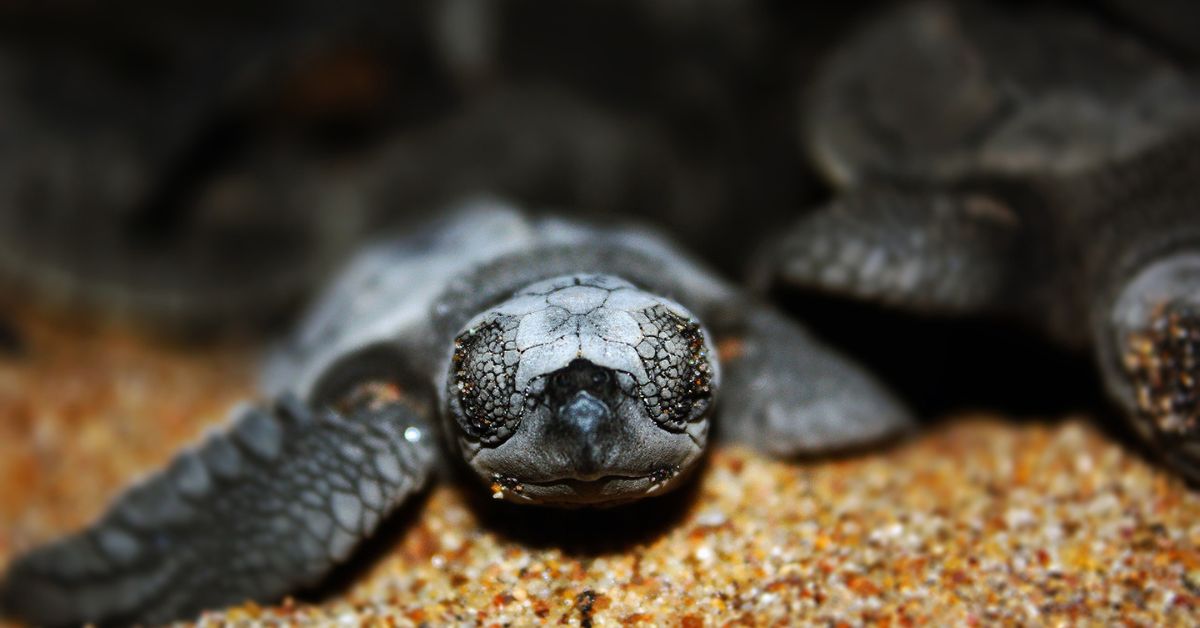
SSTCN relies entirely on volunteers to continue its work. Whether you can commit to night patrols, hatchery monitoring, or raising awareness, every effort counts. If you are in Chennai and want to be part of this movement, reach out to SSTCN through their official website to join their conservation efforts.
The survival of the Olive Ridleys and countless other species depends on our willingness to act. It’s time to do more, not less. The question is: Will you step up?
Edited by Leila Badyari Castelino; All images courtesy SSTCN
No comments:
Post a Comment